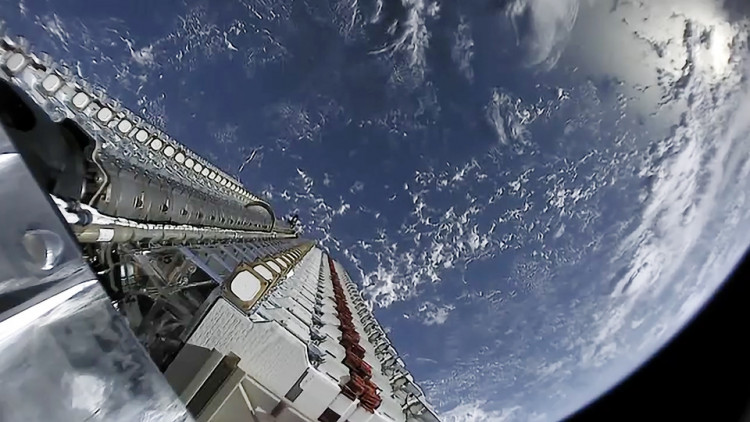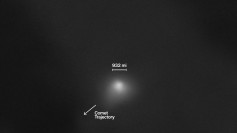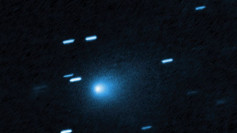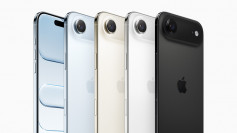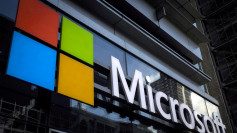In a letter to the Federal Communications Commission, NASA expressed concerns about the new Starlink satellites, which are led by Elon Musk's SpaceX, including an increase in the risk of collision in orbit.
The five-page letter, which was originally reported in SpaceNews on Tuesday (Feb. 8), was submitted to the FCC. The National Telecommunications and Information Administration delivered the letter, which includes a supplementary one-page letter from the National Science Foundation, on NASA's behalf.
NASA has "concerns with the potential for a significant increase in the frequency of conjunction events and possible impacts to NASA's science and human spaceflight missions," the agency stated in the letter, which was signed by Samantha Fonder, identified as NASA's representative to the Commercial Space Transportation Interagency Group.
NASA is concerned, according to the letter, that SpaceX's automatic collision avoidance system will be unable to cope with the five-fold increase in objects in orbit. Because of an "increase in conjunctions," or near interactions with other objects, the thousands of new satellites will certainly have an impact on both crewed and uncrewed missions in orbit, the agency said.
This not only increases the potential of a collision, but it also increases the risk of a launch because there will be fewer launch windows available due to thousands of satellites passing through a rocket's intended flight path.
SpaceX has proposed to the FCC that 30,000 more Starlink internet satellites be sent into orbit as part of a Gen 2 Starlink system. There are presently roughly 1,800 functioning Starlink satellites in space, and there have already been multiple near-misses in orbit; one research claimed that Starlinks are responsible for 50% of all low-Earth orbit close encounters.
Current scientific missions will undoubtedly be hampered by SpaceX's Gen 2 satellites. The new satellites have the potential to double the number of Hubble Space Telescope photos containing satellite streaks. According to the agency, the amount of interference is now at 8%.
Worse, the additional Starlink satellites may increase the risk of interfering with planetary defense surveys conducted by ground-based telescopes, which NASA uses to search the skies for potentially hazardous asteroids (no imminent celestial objects have yet been found for our planet.)
NASA is also concerned about the increasing scarcity of safe launch windows, particularly for missions that require instantaneous or brief launch windows, as the Europa Clipper mission does.
However, the agency did not express an outright objection to the FCC issuing SpaceX a license for Starlink Gen 2, instead stating that such a move would necessitate careful collaboration with other parties.
